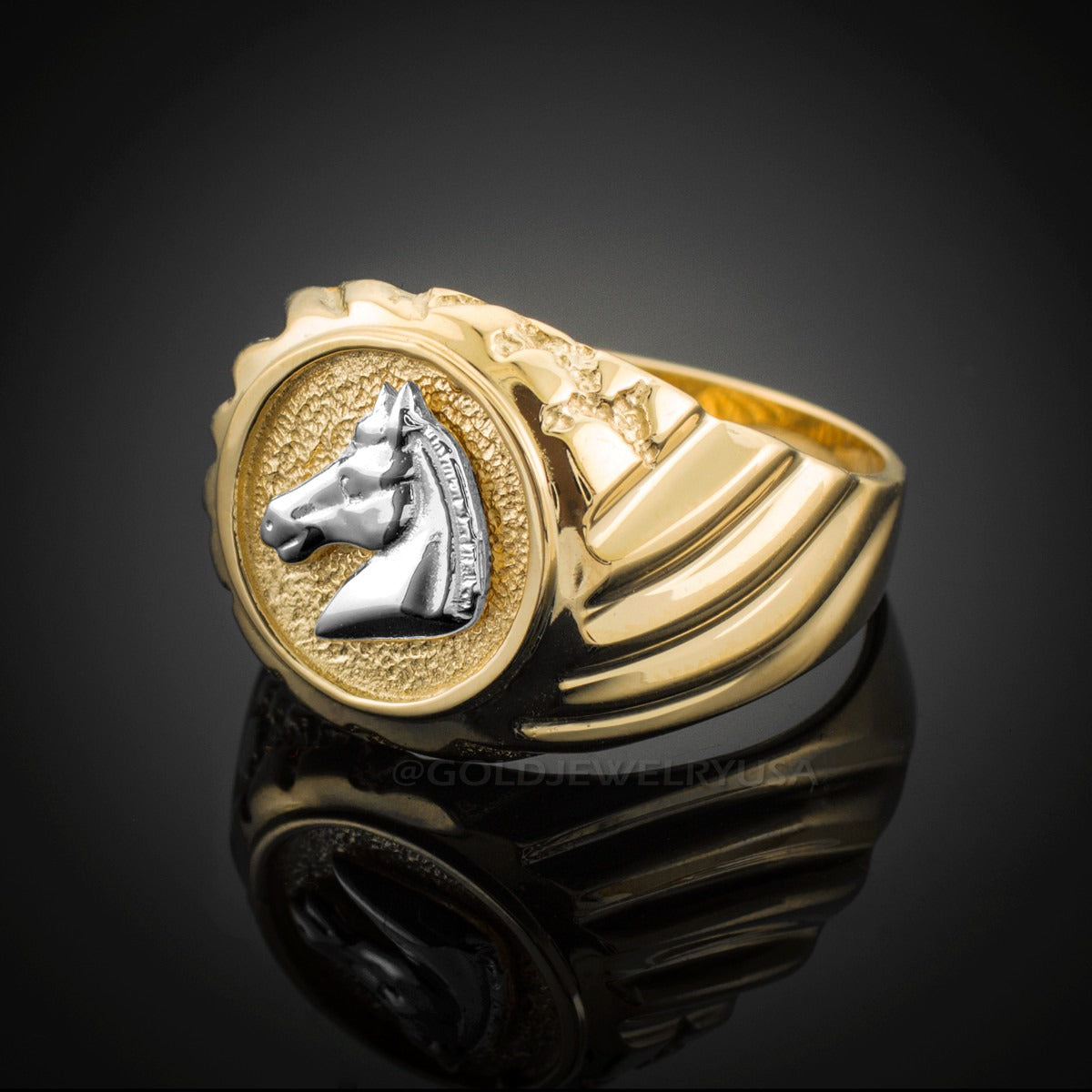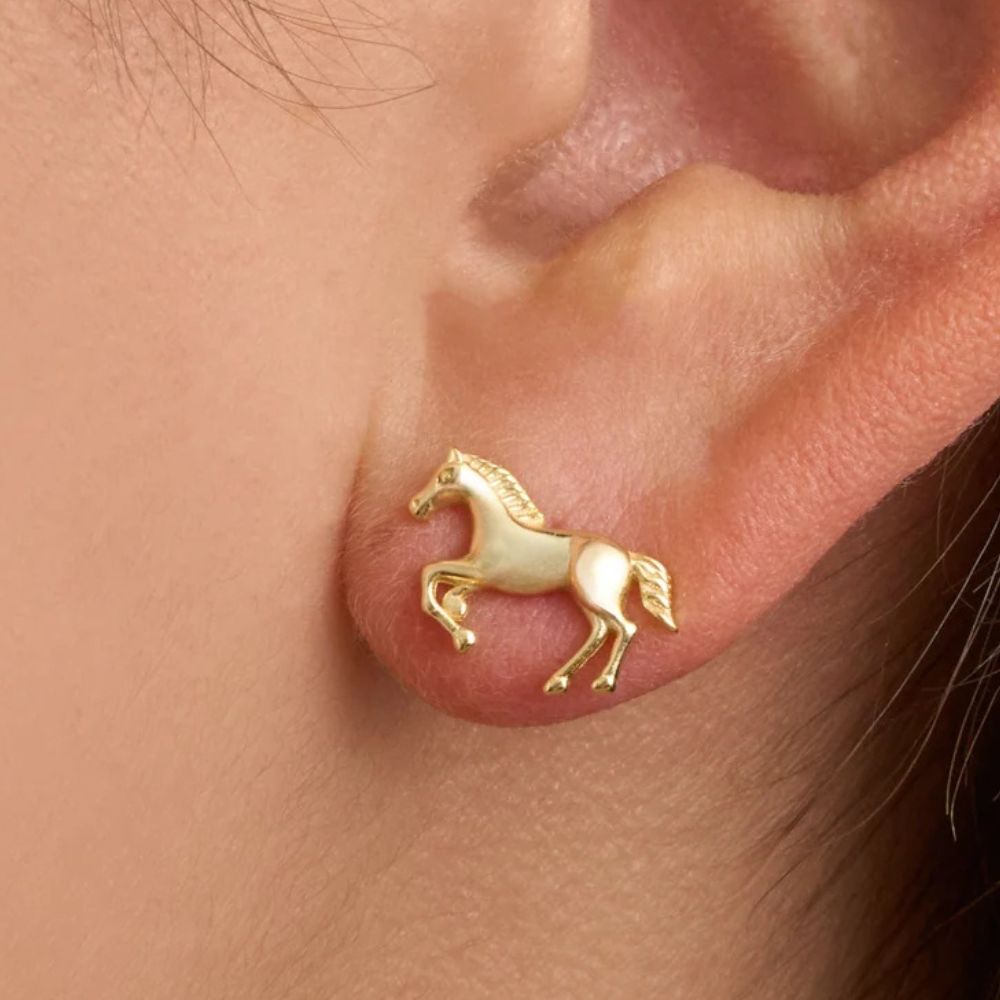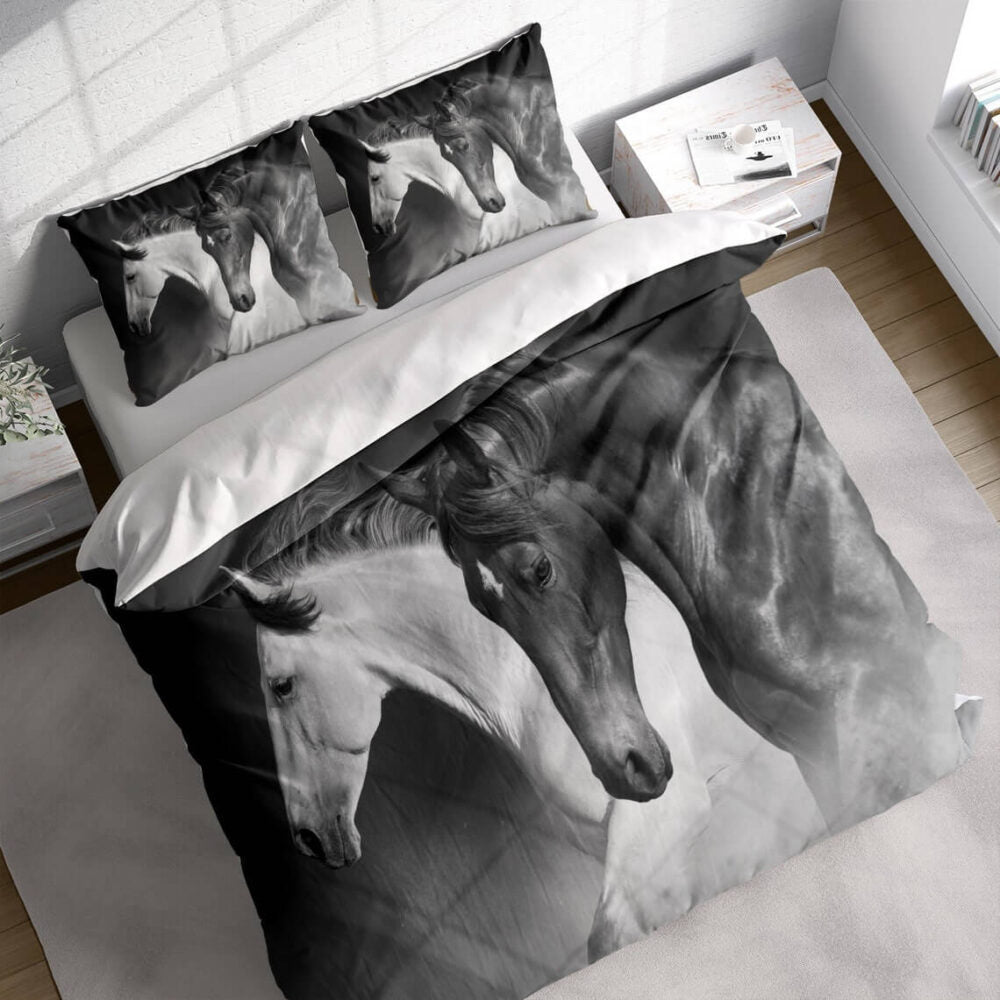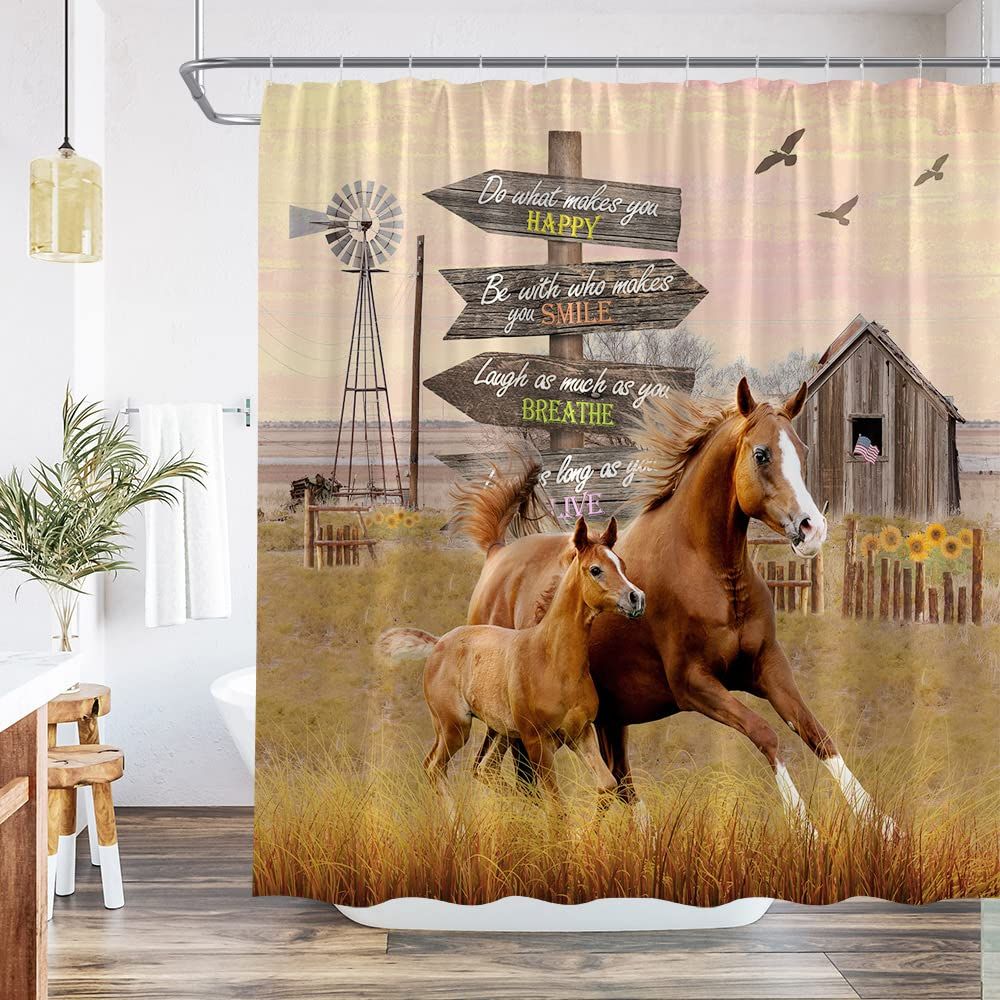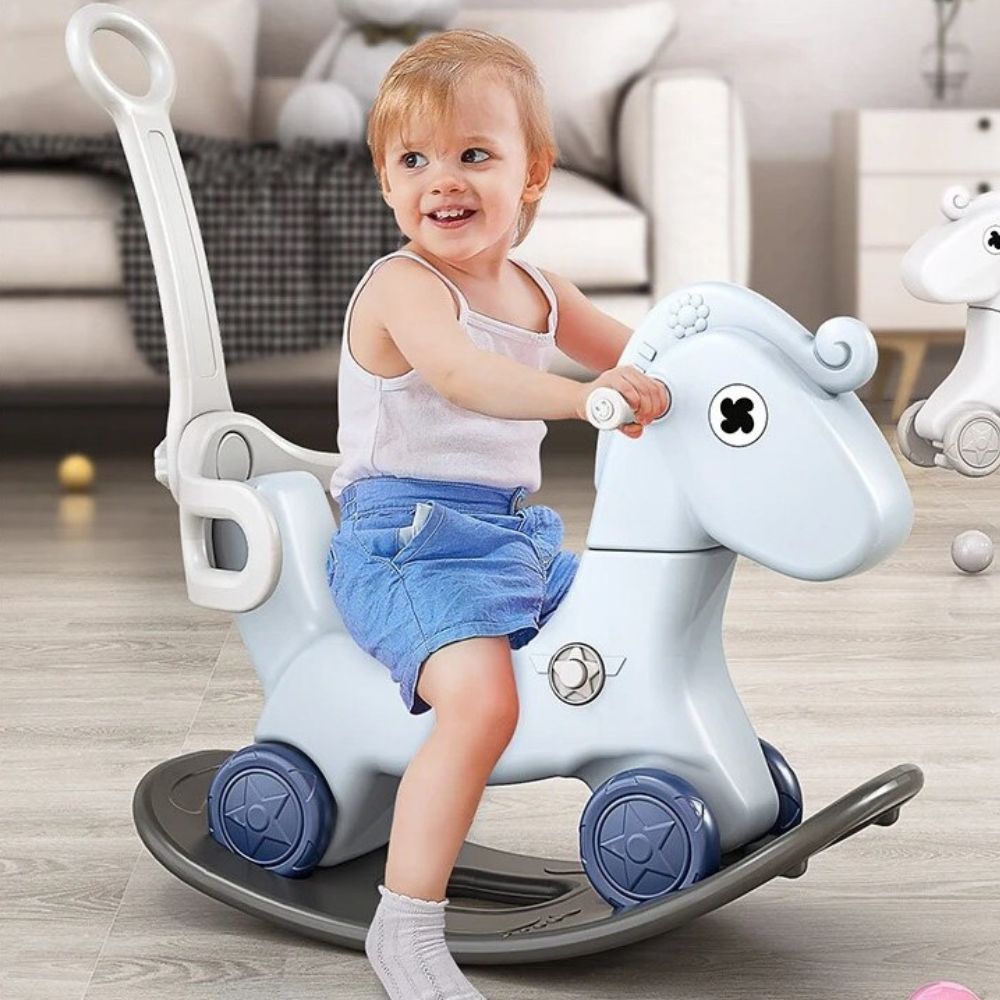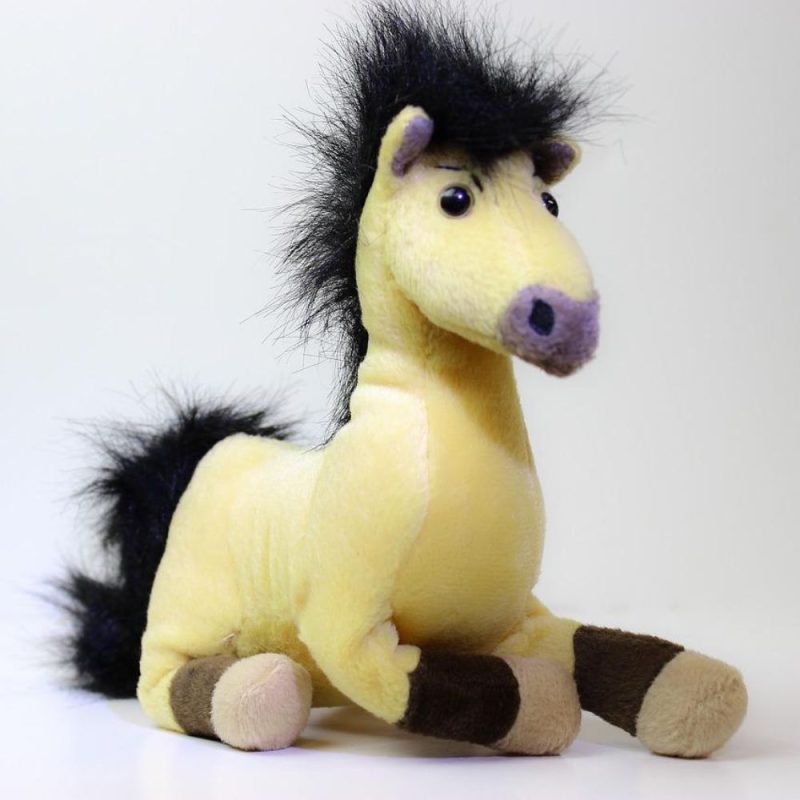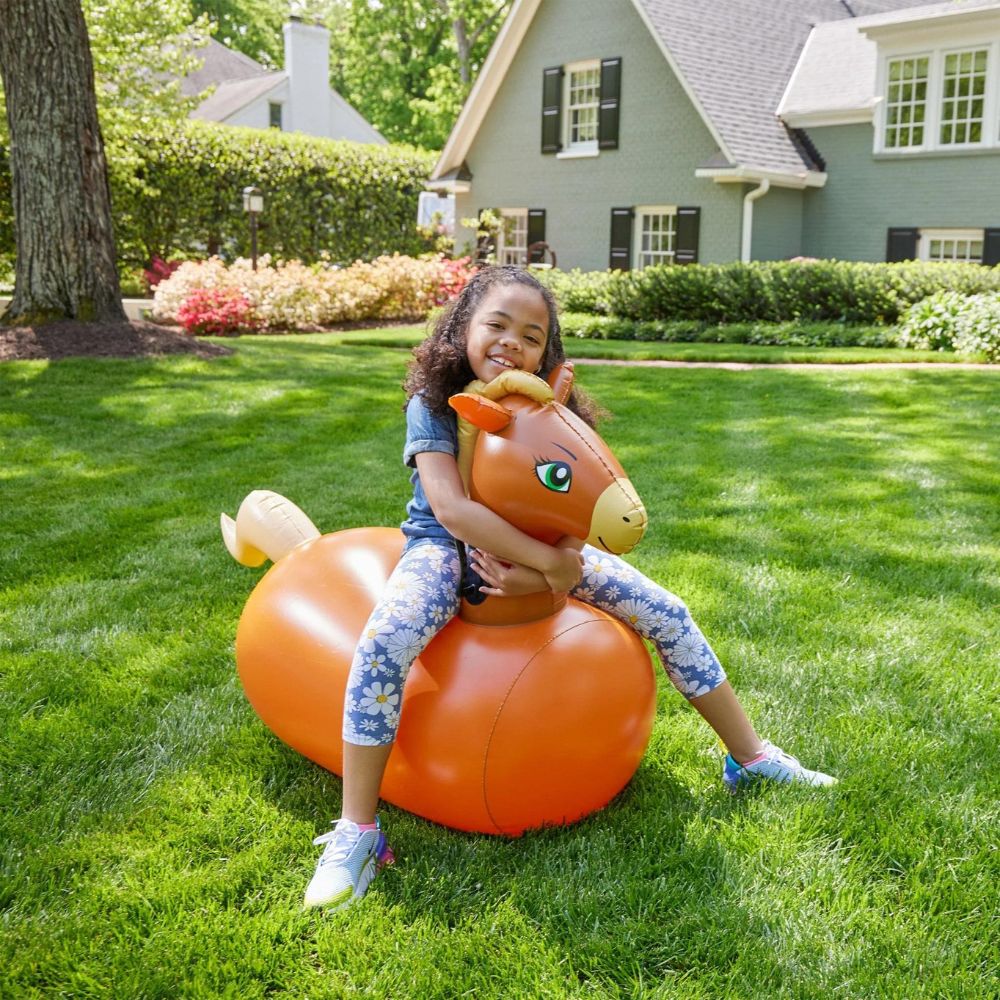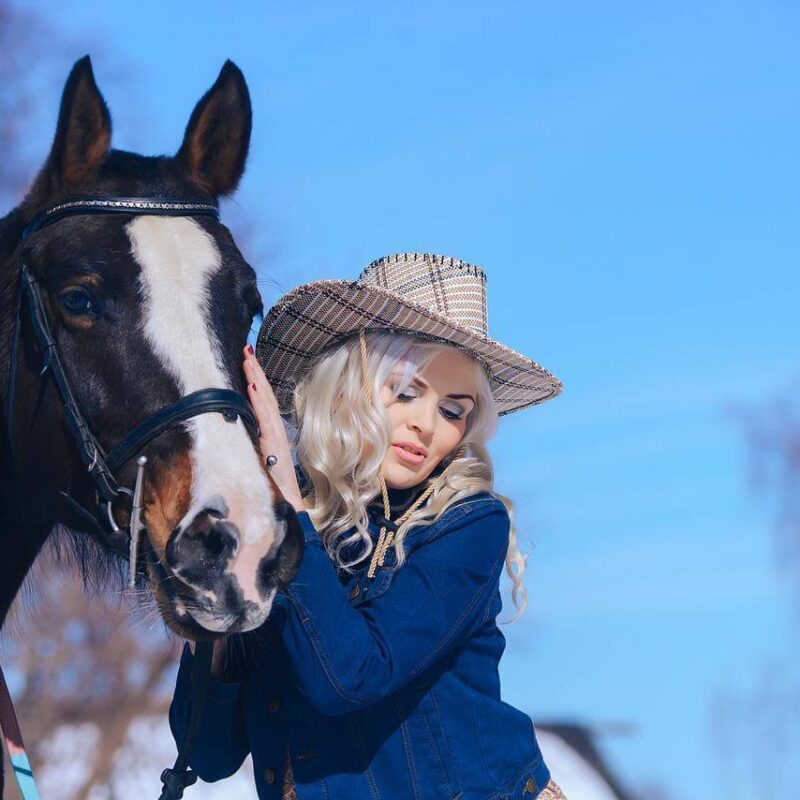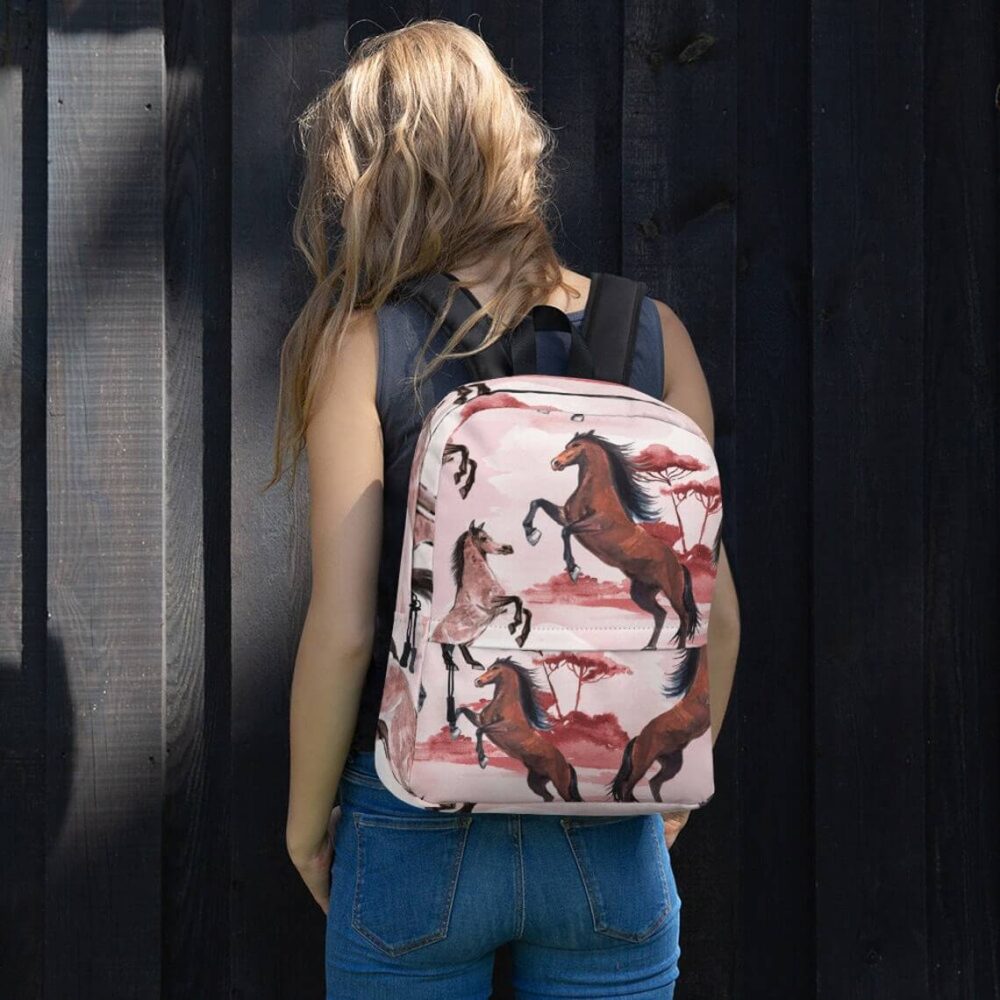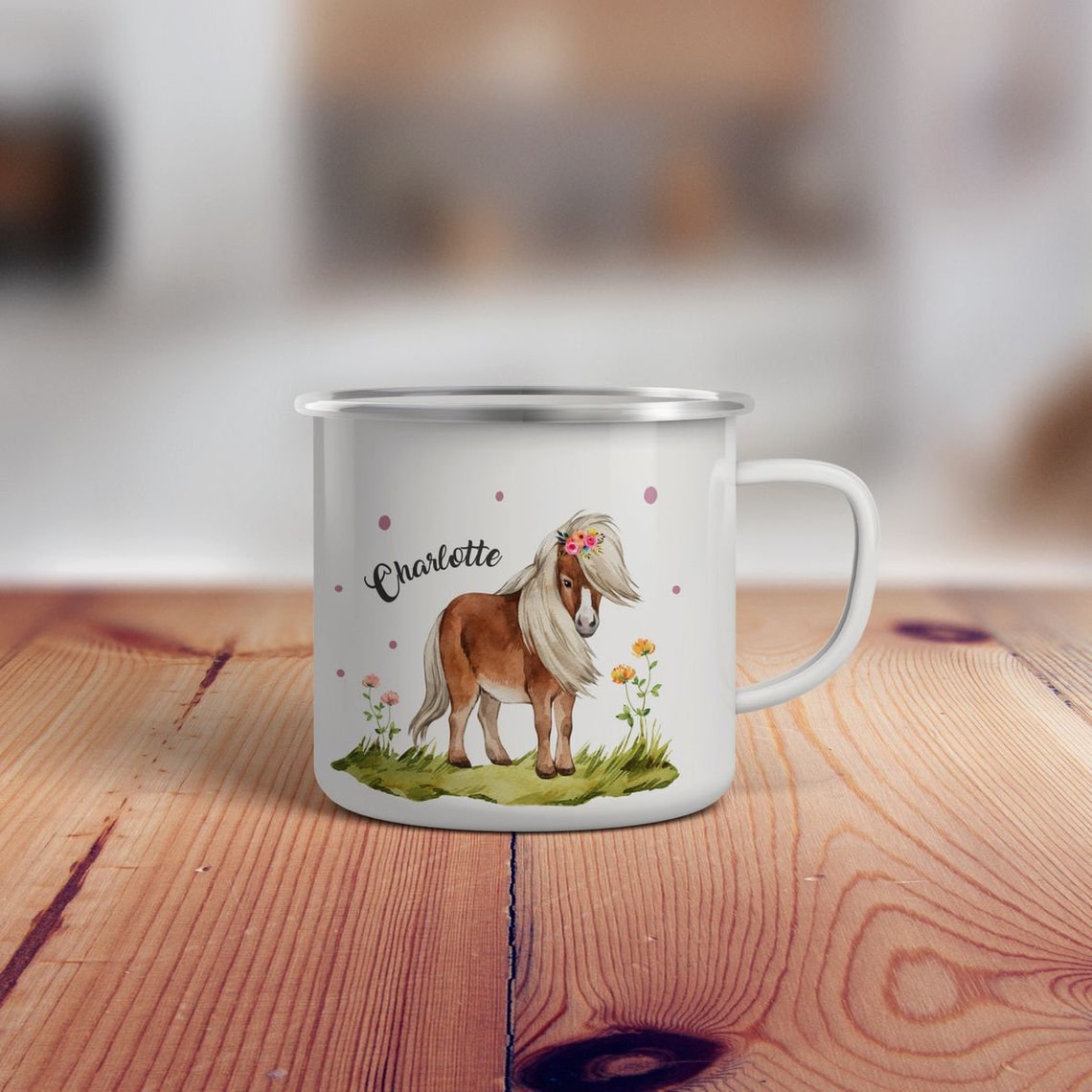
Can You Blanket a Wet Horse? Tips to Keep Your Horse Warm Safely
There’s nothing quite like the sight of a horse after a sudden downpour—steam rising off their back, water dripping from their mane, their coat slick and dark. But as you reach for their blanket, a question nags at you: Is this safe? Horse care often walks a fine line between protection and risk, and knowing when—or if—to blanket a wet horse is one of those critical judgment calls.
The Short Answer: Should You Blanket a Wet Horse?
No, blanketing a wet horse is not recommended—at least not until they’re mostly dry. Here’s why: trapping moisture under a blanket can create a warm, humid environment perfect for bacterial growth, potentially leading to skin irritations like rain rot or fungal infections. Worse, if the weather is cold, a wet coat loses its insulating properties, and a blanket pressed against soaked fur can actually make your horse chill faster by preventing proper evaporation.
But let’s be honest—sometimes circumstances force your hand. Maybe night temperatures are plummeting, or your horse is clipped and can’t dry quickly. In these cases, towel-dry them first, focusing on areas where the blanket sits snugly (like the shoulders and back). A breathable, moisture-wicking blanket (think wool or high-tech synthetics) is safer than nylon or waterproof options in damp conditions. And if you’re in a pinch? A loosely draped cooler allows airflow while wicking moisture away.
The golden rule: Never seal wetness in. Listen to your horse—shivering, pinned ears, or restlessness mean they need intervention. But whenever possible, let Mother Nature do the work: sunshine and a breezy paddock are the best drying agents.
Why Blanketing a Wet Horse is Risky
Horse owners often blanket with the best intentions—to keep their equine friend warm or shielded from rain. But moisture changes the game. A horse’s coat is designed to shed water naturally; their hair fibers repel rain, and their skin oils help prevent saturation. When you add a blanket too soon, you disrupt this process.
Health Risks of a Damp Blanket
- Skin Infections: Trapped sweat or rain creates a breeding ground for bacteria and fungi. Rain rot, dermatophilosis, and scratches thrive in damp conditions.
- Reduced Insulation: Wet fur flattens, losing the air pockets that retain body heat. A blanket pressed against soaked hair can’t compensate for this.
- Chilling Effect: Evaporation cools the skin. Without airflow, that dampness lingers, dropping your horse’s core temperature.
Pro Tip: Run your hand under the blanket hourly if you must use one. If it feels clammy, remove it immediately.
When You *Might* Need to Blanket Damp Horses
There are exceptions—horses with special needs or extreme weather scenarios. Here’s when careful blanketing could be warranted:
Clipped or Senior Horses
Clipped coats lack natural protection, and older horses often struggle to regulate body temperature. If they’re lightly damp, a wicking cooler can help. For heavy moisture, towel-dry thoroughly first.
Sudden Cold Snaps
If temperatures drop below freezing while your horse is still wet, hypothermia becomes a risk. Prioritize drying them indoors, then use a breathable, insulated blanket—never plastic or non-breathable fabrics.
Sensory Detail: The sharp scent of wet wool from a damp stable blanket is a telltale sign it’s time for fresh bedding and airflow.
How to Dry a Wet Horse Safely
Patience and the right tools make all the difference. Here’s your action plan:
- Towel Vigorously: Use absorbent towels—microfiber works best—and rub in the direction of hair growth.
- Use a Sweat Scraper: For large puddles, a scraper removes excess water fast.
- Walk or Stand in a Breeze: Movement and air circulation speed drying.
- Opt for a Cooler: If needed, choose a mesh or wool cooler that breathes.
Emoji Alert: 🐴 + ☀️ = The happiest, driest combo!
Choosing the Right Blanket for Damp Conditions
Not all blankets are created equal. Waterproof doesn’t mean breathable. Look for:
- High-Wicking Liners: Fabrics like Gore-Tex or wool blends.
- Adjustable Fit: Prevents rubbing on damp skin.
- Quick-Dry Materials: Avoid heavy canvas or polyester with poor airflow.
A quick test? Hold the blanket to your mouth and breathe through it. If you feel resistance, it’s too sealed.
Horses are remarkably resilient, but they rely on us to make smart choices for them. Blanketing a wet horse isn’t black and white—it’s about reading the weather, the animal, and the moment. When in doubt, err on the side of airflow and natural drying. After all, there’s a reason horses have survived for millennia without human-made wraps. Trust their instincts, pair them with your knowledge, and you’ll both sleep better—dry, warm, and worry-free.








